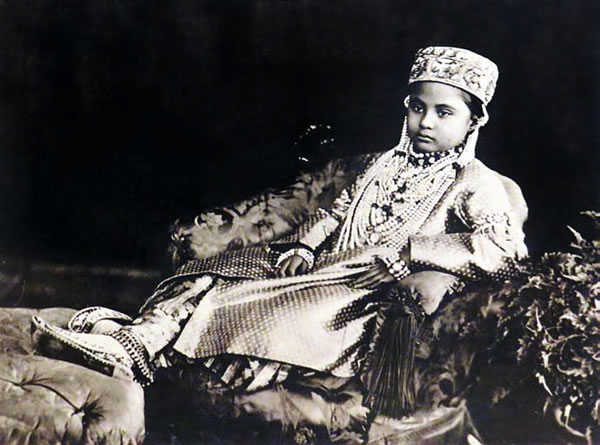Deconstructing The Ritual Megha Joshi
Indira Lakshmi Prasad
Megha Joshi recognizes that the state and religion, while technically being separate entities, are intrinsically connected and informed by one another. Religion, the artist notes, informs and influences every area of life, from our countries political agenda, to the social interactions we face in day-to-day life.
Another exploration of religious divide was her remarkable untitled installation work which utilized raw cotton as medium. The site specific installation encompassed an entire room, which she filled with cotton sourced from the locality where she lived in Gujarat. The absurd scene is testament to her 10 years as a set designer, and inspired by the communal conflict which took place between the Muslim and Hindu communities of the area, both of which worked in cotton production
“I Would encourage you to break every rule, but first you have to learn them” was the advice given to Megha Joshi by a college professor during her days at Baroda College of Art. Coming from a background thoroughly rooted in the theory and technical understanding of sculpture and life modeling, Megha Joshi has no reservations about bending the ‘rules’ when it comes to the exploration of the social constructed norms.
Eclecticism is but one of the defining factors in the work of Megha Joshi, having explored her chosen themes through a variety of mediums ranging from soft sculptural installation to found object assemblage.
Her material choices are meticulously planned as each object used in the work carries a unique lexicon, laden with implied cultural connotations. A process of deconstruction and reformation takes place in Joshi’s work, for example in her 2014 ‘Ritual’ works she takes the objects of Rudraksha Mala, vermillion powder (Tilak) which is applied on the foreheads of Hindu’s during worship or the hairlines of married women, sacred thread (Mauli) which is tied on the wrist, ‘Janeyu’ used in bhraminization ceremonies and the cotton wicks used for holy firelight. These materials in their established form, as we know them in our daily lives, are taken apart and reconstructed into organic structures akin to coral or woodland fungus. At first glance the mind registers a natural form as we remember images of ocean reefs, but on closer inspection we recognize the reconstituted fragments of our items of ritual and worship. Through the work, the artist seeks to make sense of the prevalent Hindu rituals which dominate the lives of many, especially in light of right-wing Hindutva
politics.
Another exploration of religious divide was her remarkable untitled installation work which utilized raw cotton as medium. The site specific installation encompassed an entire room, which she filled with cotton sourced from the locality where she lived in Gujarat. The absurd scene is testament to her 10 years as a set designer, and inspired by the communal conflict which took place between the Muslim and Hindu communities of the area, both of which worked in cotton production
The similarity to natural form is no coincidence; Joshi sees nature as a true embodiment of the divine and her first structural inspiration came directly from natural form. The biomorphic forms which she has experienced during diving have been a significant inspiration in her construction process.
Megha Joshi recognizes that the state and religion, while technically being separate entities, are intrinsically connected and informed by one another. Religion, the artist notes, informs and influences every area of life, from our countries political agenda, to the social interactions we face in day-to-day life. The artist has observed the disconnect between the evolution of thought and social models in the present generation, and the somewhat stagnant ritualistic constructs and expectations which exist simultaneously.


